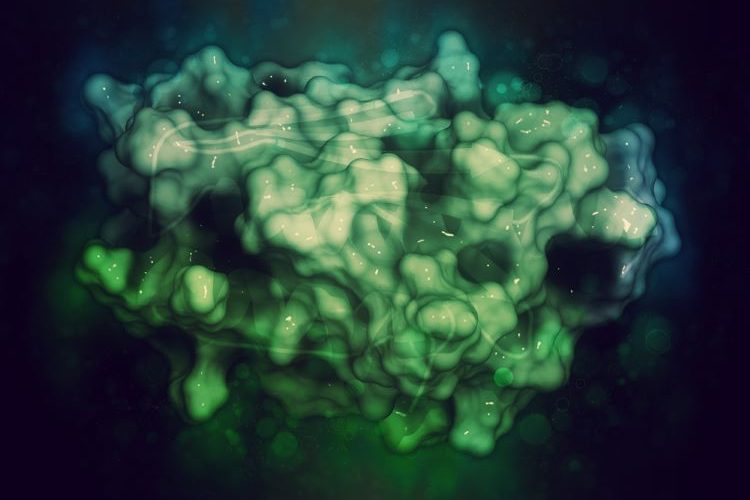Rare disease spotlight: first EU-approved treatment for Friedreich’s ataxia
Posted: 29 February 2024 | Catherine Eckford (European Pharmaceutical Review) | No comments yet
In this exclusive article, Biogen’s Vice President and Head of the Neuromuscular Development Unit, Dr Toby Ferguson, discusses the current rare disease landscape and recent developments in treating Friedreich’s ataxia (FA).


Last year, in agreeing to acquire Reata Pharmaceuticals for $7.3 billion, Biogen gained rights to SKYCLARYS® (omaveloxolone), the first approved treatment for the rare disease Friedreich’s ataxia.
The Committee for Medicinal Products for Human Use (CHMP) recently recommended the approval of several therapies for rare diseases, including the first oral treatment against residual haemolytic anaemia in the rare blood disorder, paroxysmal nocturnal haemoglobinuria, as well as the first therapy to treat a rare form of amyotrophic lateral sclerosis (ALS).
For Rare Disease Day 2024, Biogen’s Vice President and Head of the Neuromuscular Development Unit, Dr Toby Ferguson, spoke with EPR about the current rare disease landscape, including highlighting recent developments in treating Friedreich’s ataxia.
Current treatment landscape
A broad trend across several neuromuscular diseases is the emergence of disease modifying therapies”
Dr Ferguson noted that a broad trend across several neuromuscular diseases is the emergence of disease modifying therapies. “We have access to multiple modalities such as biologics, gene therapies, antisense oligonucleotides. These different options allow us to select the most appropriate modality based on the disease we are targeting.”
A key challenge in treating rare diseases is that “patient populations are so small that patients struggle to find a diagnosis and in turn it is difficult to recruit clinical trials. In a disease like Friedreich’s ataxia, various other diseases or ataxias have similar symptoms.” Therefore, it is a hard condition to diagnose without using a genetic test, he explained.
Converging knowledge and technology to transform neuromuscular disease treatment
Treating a rare neuromuscular disease
The first medicine authorised in the EU for Friedreich’s ataxia
On 12 February 2024, the European Commission (EC) authorised SKYCLARYS as the first treatment approved for Friedreich’s ataxia in the EU. “With this approval, there is optimism within the community that SKYCLARYS has the potential to usher in a new era in the management of Friedreich’s ataxia,” commented Dr Sylvia Boesch, MSc, Principal Investigator of the MOXIe study and Head of the Center for Rare Movement Disorders Innsbruck, Department of Neurology, Medical University Innsbruck, Austria.
Dr Ferguson described the mechanism of action of SKYCLARYS in Friedreich’s ataxia: “SKYCLARYS activates the Nuclear factor (erythroid-derived 2)-like 2 (Nrf2) pathway which is involved in the cellular response to oxidative stress. The precise mechanism by which omaveloxolone exerts its therapeutic effect in patients with Friedreich’s ataxia is unknown. There is substantial evidence that Nrf2 levels and activity are suppressed in cells from patients with Friedreich’s ataxia.”
[The 48-week study data from the MOXIe Part 2 trial] showed that patients given SKYCLARYS had significantly improved modified Friedreich Ataxia Rating Scale (mFARS) scores relative to placebo”
He also explained that the European Commission’s approval of SKYCLARYS, based on 48-week study data, showed that patients given the treatment “had significantly improved modified Friedreich Ataxia Rating Scale (mFARS) scores relative to placebo.” The findings were from efficacy and safety data from the placebo-controlled MOXIe Part 2 trial.
Elaborating, he added: “current data available support SKYCLARYS for the treatment of Friedreich’s ataxia in adults and adolescents aged 16 years and older, and SKYCLARYS is approved in the US and EU for this indication.”
What’s next in the rare disease therapy space?
In supporting the 300 million people worldwide estimated to have a rare disease,1 Dr Ferguson anticipated that as a result of greater recognition of these conditions, “more attention [will be] given to research and therapeutic development for rare disease… As we see new therapies become available for some rare diseases we will learn and be able to have a greater impact on the next rare disease we target.”
About the interviewee


References
- Nguengang Wakap S, Lambert DM, Olry A, et al. C. Estimating cumulative point prevalence of rare diseases: Analysis of the Orphanet Database. Eur J Med Genet. 2019 16;28(2): 165–73.
Related topics
Big Pharma, Biopharmaceuticals, Drug Development, Drug Markets, Drug Safety, Industry Insight, Regulation & Legislation, Research & Development (R&D), Therapeutics









